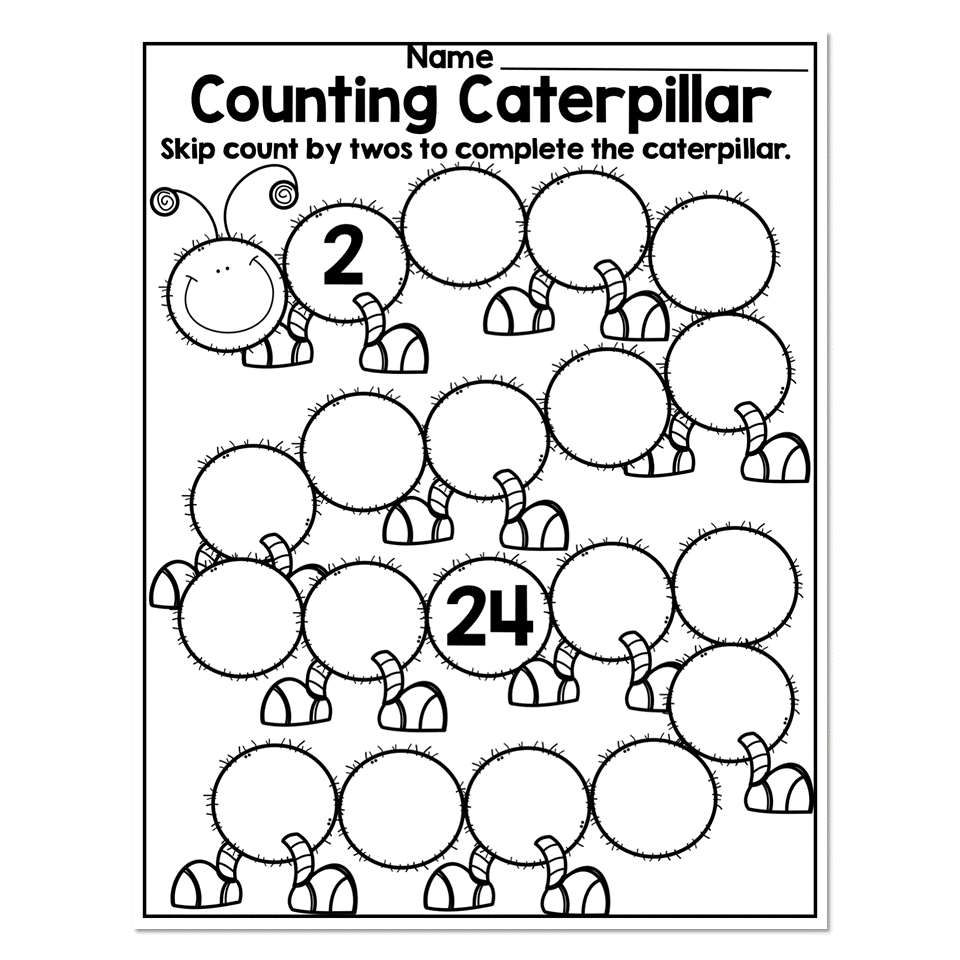Learning to skip count by two is a fundamental math skill that helps children develop their understanding of numbers and patterns. By counting by twos, children can quickly identify even numbers and grasp the concept of addition and multiplication. It is a fun and interactive way to build number sense and improve mental math skills.
When skip counting by two, children start at a number and then add two to get the next number in the sequence. For example, starting at 2, the next numbers in the sequence would be 4, 6, 8, 10, and so on. This method of counting helps children recognize patterns in numbers and develop their multiplication skills.
Steps to Skip Counting by Two
1. Start at 2 and count up by twos to practice skip counting. Encourage children to say the numbers aloud as they count to reinforce learning.
2. Use visual aids such as number lines, counting cubes, or pictures to help children visualize the concept of skip counting by two. This hands-on approach can make learning more engaging and effective.
3. Practice skip counting by two with different starting points to reinforce the concept. For example, start at 6 and count up by twos to 16, 18, 20, and so on. This variation helps children understand that skip counting can start at any number.
4. Incorporate skip counting by two into everyday activities such as counting steps, counting pairs of socks, or counting objects in a group. This real-world application helps children see the relevance of skip counting in their daily lives.
5. Challenge children to skip count by two backwards to reinforce their understanding of the concept. Starting at a higher number and counting down by twos can help children solidify their knowledge of skip counting.
In conclusion, skip counting by two is an essential math skill that lays the foundation for more advanced mathematical concepts. By practicing skip counting regularly, children can improve their number sense, develop their multiplication skills, and enhance their mental math abilities. Encourage children to have fun with skip counting and explore different ways to incorporate it into their daily routines.
